Your Car's Glovebox Has a Story To Tell
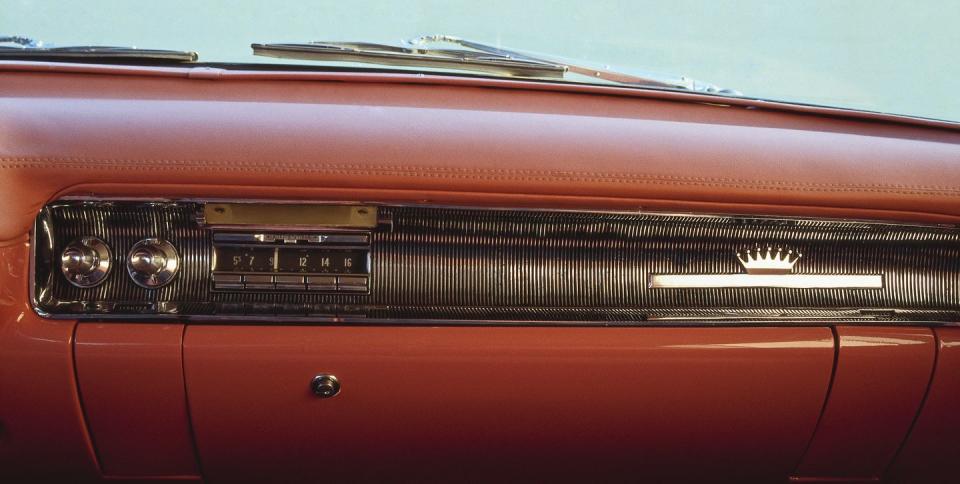
Your glovebox deserves some love. Yes, the storage bin that you stuff too much into, slam shut, and then forget about is almost as old as the automobile itself, and it has a fascinating history.
The glovebox came to be out of pure necessity. In the earliest days of automobiling at the dawn of the 20th century, having a pair of sturdy driving gloves was a must. Those first cars were little more than gasoline-powered horse-drawn carriages minus the horse. Most were open to the elements, oily, and prone to breakdowns. Roads were often crude, dusty, and muddy—little more than cart paths. Drivers needed protection for their hands, but where were they supposed to stow their gloves in one of these newfangled contraptions?
The First Glovebox
At first, gloves went into the toolboxes that were bolted to running boards or into small drawers or cubbyholes under the seats. That changed when engines moved from under the carriage floor to the front, where solid bulkheads, or firewalls, separated the powerplants from the passengers. That gave rise to early dashboards, which offered a place for rudimentary gauges and storage. All indications are that the first true glovebox, a bin in the instrument panel with a door, dates from approximately 1915 and was introduced in that year's Pierce-Arrow.
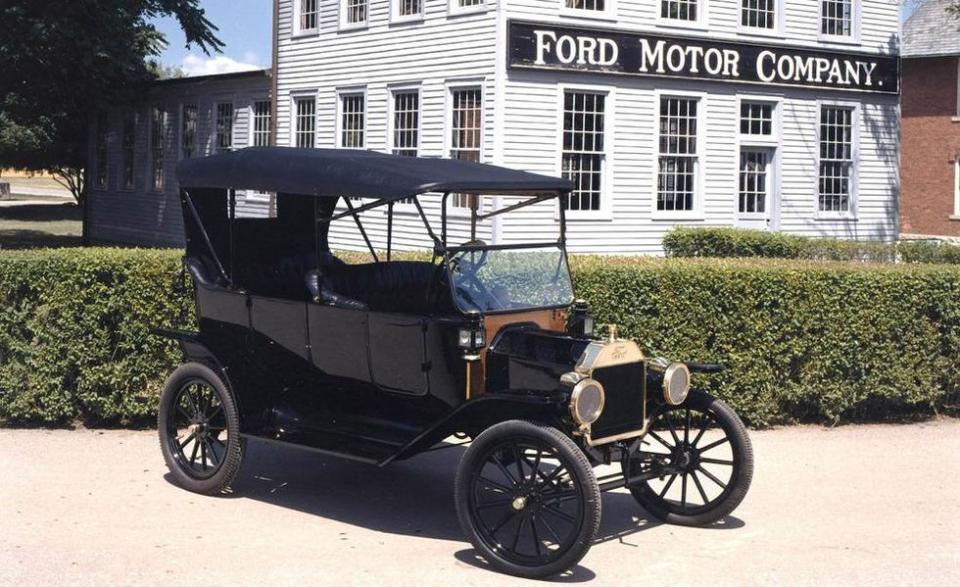
The pride of Buffalo, New York, Pierce-Arrow was a top-tier premium nameplate. Gloveboxes began appearing on Pierce-Arrows around the same time the company began mounting their cars' headlamps on the fender for an iconic—if not always attractive—look.
Unlike the odd fender-mounted headlamps, the gloveboxes Pierce-Arrow pioneered were slowly adopted across the industry as the Roaring Twenties progressed. The trendsetting Cord L-29, the first American production car with front-wheel drive, made its debut in 1929 with a prominent glovebox in the center of the instrument panel.
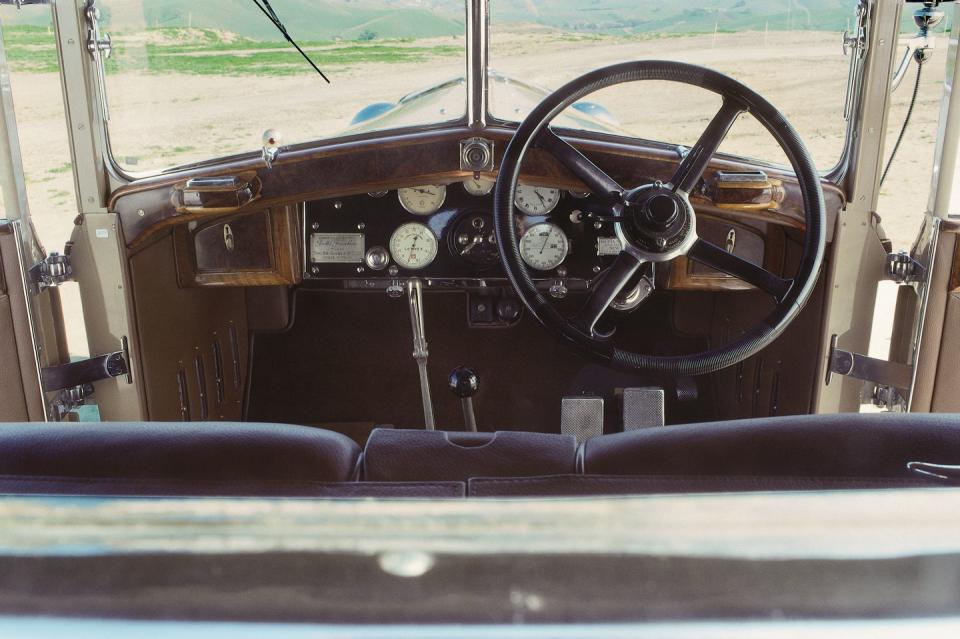
The Glovebox Catches On
When Pierce-Arrow's archrival, Packard, introduced its Seventh Series on August 20, 1929, it featured a redesigned dash with dual gloveboxes on the outboard ends. (Take that, Pierce-Arrow!) Among the 1929 model-year debuts was the majestic Duesenberg Model J, which arrived with a gorgeous instrument panel of engine-turned aluminum and a full array of gauges—but no glovebox! Perhaps Deusenberg management felt one's valet could tend to the owner's gloves.
By 1932, the glovebox was spreading, viruslike, through the auto industry. Low-priced Ford cars began sporting a glovebox that year, as did the luxurious Cadillac. Within a couple more years, the glovebox was ubiquitous. When the redesigned Cord 810 appeared in 1936, it featured an instrument panel of aircraft inspiration with twin outboard locking gloveboxes incorporated as a styling element.
A New Location
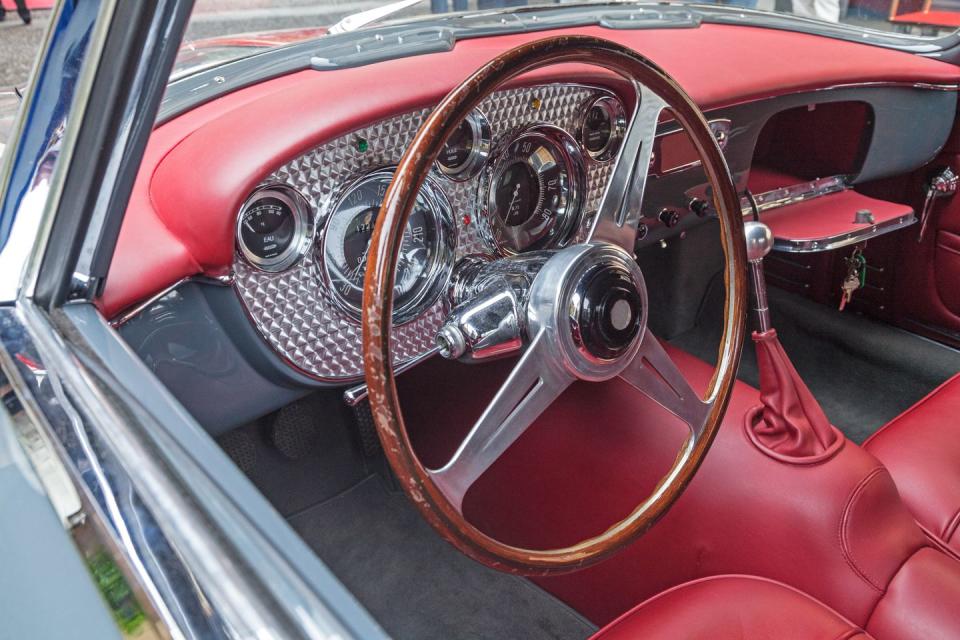
A second revolution underway at the same time, that of instrument-cluster design, also affected the glovebox. Many early instrument panels featured gauges and controls mounted in the center of the dash, but as the glovebox matured, it matriculated to the passenger side of the cabin when gauges moved in front of the driver. Another innovation, the car radio, claimed the neutral territory in the middle of the dash for good, and the basic layout of the instrument panel was set. Since that time, gloveboxes have been, with rare exceptions, located on the passenger side of the instrument panel.
Glovebox Experiments
Designers have also experimented with numerous glovebox concepts, though few found widespread acceptance. The 1951 Packard featured not a glovebox but rather a glove drawer that rolled out of the instrument panel on ball bearings. The most glamorous glovebox of the postwar era belonged to the ultra-luxurious, limited-edition Cadillac Eldorado Brougham of 1957–1958, which was priced at a stratospheric $13,074. Its felt-lined glovebox contained a makeup case, a notebook, a cigarette case, an atomizer of perfume, and a magnetic strip holding six stainless-steel shot glasses. No wonder Frank Sinatra owned one of these Broughams.
In the late 1950s, GM styling chief Harley Earl created a design group staffed entirely by women, and they proceeded to put their own glovebox ideas into several concept cars they developed in the company's Styling Studios. Their Chevrolet Impala–based show car, called the Martinique, had a pop-up makeup compact in the glovebox and a lighted makeup mirror overhead. The group's Buick Limited Shalimar concept car was fitted with a glovebox-mounted dictaphone, an early office voice recorder. They group also developed a purse holder for the Chevrolet Corvette.
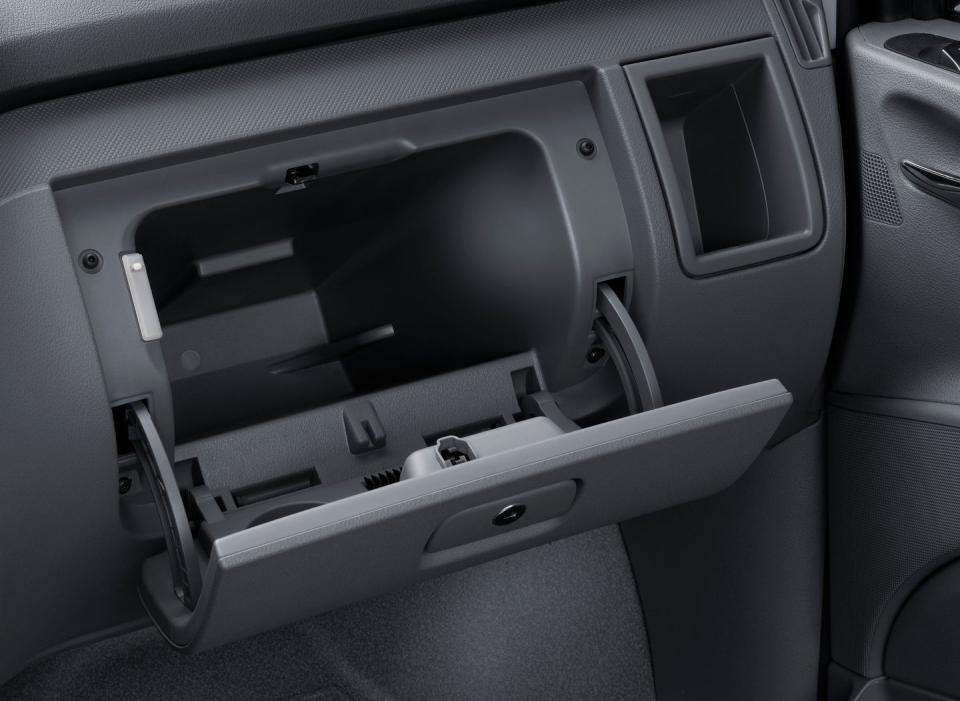
Legendary auto designer Raymond Loewy must have been paying attention, because his iconic 1962 Studebaker Avanti debuted with an Exclusive Beauty Vanity consisting of a lighted pop-up mirror and makeup tray in the glovebox. Ford nearly did away with the 1961–1966 Thunderbird's glovebox, moving it to the center console and referring to it as a "console glove box." GM eliminated the glovebox on the 1971 Chevrolet Vega economy car in a futile attempt to pinch pennies, but consumer complaints forced a reintroduction for 1972. Not one to learn from its mistakes, GM tried the same cost-cutting move on the bare-bones Chevette "Scooter" of 1976 by deleting the glovebox door but leaving an open-mouthed bin as a daily reminder of the owner's penury.
More recent innovations include the air-conditioned glovebox, a feature proudly introduced by Saab on the 9-5 in 1998, which boasted of the ability to chill food or drink to a frosty 42 degrees. A handful of other makers have followed suit. Mercedes-Benz products use some of the space in the glovebox to house the cabin fragrance-dispenser canister.
So, the next time you get in your car, give a nod of respect to the inconspicuous, innocuous glovebox, now in its second century of service. It may not contain a set of stainless-steel shot glasses or a makeup case, but it's still a nice place to stash a pair of driving gloves.
('You Might Also Like',)

 Yahoo Autos
Yahoo Autos 